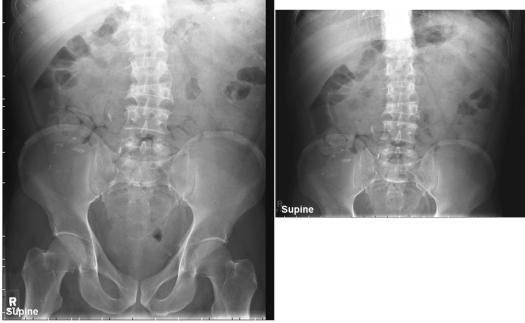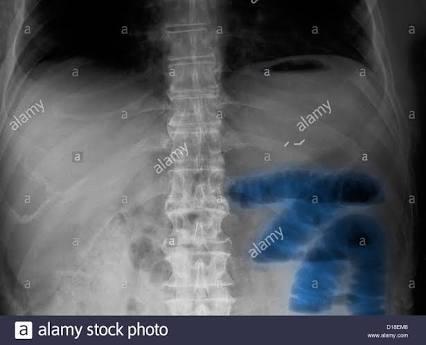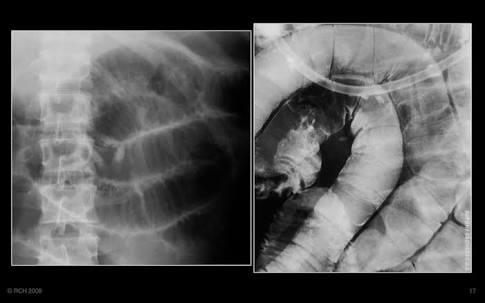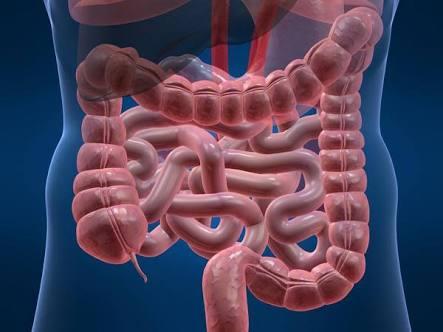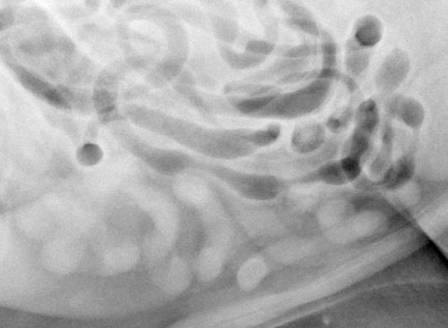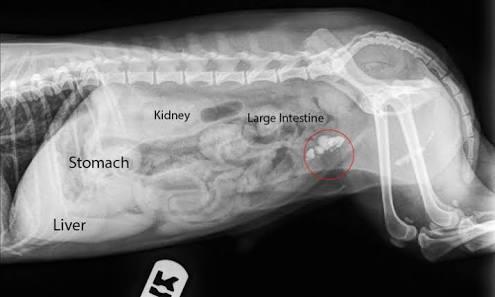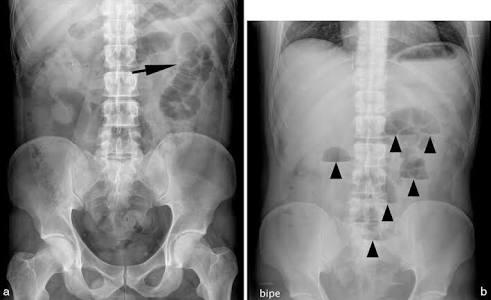What Do You Know About The Small Bowel X-ray?

A small bowel X-ray (or Small Bowel Series) is a demonstrative technique, which utilizes X-rays and barium sulphate as the contrast agent to acquire clear photos of the small bowel. Take this quiz to find out more.
- 1.
What is the main purpose of the small Bowel series?
- A.
To extract information from your abdomen
- B.
To have a clear picture of the spine
- C.
To coat the walls of the abdomen
- D.
To obtain a clear picture of the small bowel
Correct Answer
D. To obtain a clear picture of the small bowelExplanation
The main purpose of the small bowel series is to obtain a clear picture of the small bowel. This procedure involves taking X-ray images of the small intestine after the patient drinks a contrast material. The contrast material helps to highlight the small bowel and allows the radiologist to examine its structure and detect any abnormalities such as blockages or inflammation. By obtaining a clear picture of the small bowel, the small bowel series helps in diagnosing conditions related to the small intestine and guiding appropriate treatment.Rate this question:
-
- 2.
Who, out of the following, will perform the small bowel series? A...
- A.
Nurse
- B.
Neurosurgeon
- C.
Radiologist
- D.
Gynaecologist
Correct Answer
C. RadiologistExplanation
A radiologist is a medical professional who specializes in interpreting medical images, such as X-rays, CT scans, and MRIs. They are trained to perform and interpret various imaging procedures, including small bowel series. This procedure involves taking a series of X-ray images of the small intestine after the patient drinks a contrast material. The radiologist will analyze these images to diagnose any abnormalities or conditions affecting the small bowel. Therefore, it is the radiologist who will perform the small bowel series.Rate this question:
-
- 3.
Which of these is an example of contrast agents?
- A.
Barium sulfate
- B.
Sodium sulphide
- C.
X-ray waves
- D.
None of the above
Correct Answer
A. Barium sulfateExplanation
Barium sulfate is an example of a contrast agent because it is commonly used in medical imaging procedures such as X-rays and CT scans. Contrast agents are substances that help to enhance the visibility of certain tissues or organs in the body, making it easier for healthcare professionals to diagnose and detect abnormalities. Barium sulfate is particularly effective in highlighting the gastrointestinal tract, allowing for better visualization of the digestive system during imaging tests. Sodium sulphide and X-ray waves are not contrast agents, as they do not serve the same purpose in medical imaging.Rate this question:
-
- 4.
What is the purpose of a contrast agent in the small bowel series?
- A.
It casts out impurities
- B.
It thickens the linen of the bowel
- C.
It coats the blood
- D.
All of the above
Correct Answer
C. It coats the bloodExplanation
A contrast agent is used in a small bowel series to coat the blood vessels in the bowel. This helps to enhance the visibility of the bowel on imaging studies such as X-rays or CT scans. By coating the blood vessels, the contrast agent makes it easier to identify any abnormalities or changes in the small bowel. It does not cast out impurities or thicken the lining of the bowel, as stated in the other options.Rate this question:
-
- 5.
Which of these is the preliminary of the process?
- A.
An x-ray of the abdomen
- B.
A vascular exercise
- C.
A sedation
- D.
A minimal surgery
Correct Answer
A. An x-ray of the abdomenExplanation
An x-ray of the abdomen is considered the preliminary of the process because it is often the first step in diagnosing and evaluating various abdominal conditions. It allows healthcare professionals to visualize the internal structures of the abdomen, including the organs, bones, and tissues, and identify any abnormalities or potential issues. This initial imaging test helps guide further diagnostic procedures or treatment plans, making it an essential and preliminary step in the overall process.Rate this question:
-
- 6.
During the process, the technologist will take an X-ray of the abdomen till...
- A.
Barium reaches the end of the bowel
- B.
The time elapse
- C.
The patient recover
- D.
Barium fills the entire bowel
Correct Answer
A. Barium reaches the end of the bowelExplanation
The correct answer is "Barium reaches the end of the bowel." During the X-ray process, barium is used as a contrast material to highlight the digestive system. The technologist will continue taking X-rays until the barium reaches the end of the bowel, allowing for a complete visualization of the entire digestive tract. This helps in diagnosing any abnormalities or issues in the bowel.Rate this question:
-
- 7.
As a technologist, what should you recommend the patient to do so as to help the process?
- A.
Perform X-ray every 30 minutes
- B.
Use sedatives
- C.
Tell the patient to walk between within film
- D.
Use a CT scanner
Correct Answer
C. Tell the patient to walk between within filmExplanation
To help the process, the technologist should recommend the patient to walk between within the film. This means that the patient should move or reposition themselves in between each X-ray image being taken. This can help ensure that all necessary angles and areas are captured accurately, reducing the need for retakes and improving the overall quality of the X-rays.Rate this question:
-
- 8.
How many hours will the exam take?
- A.
2 hours
- B.
3 hours
- C.
4 hours
- D.
5 hours
Correct Answer
A. 2 hoursExplanation
The exam will take 2 hours.Rate this question:
-
- 9.
Which of these is not recommended for patients who would undergo the small bowel X-ray?
- A.
Smoking
- B.
Chewing gum
- C.
Drinking after midnight
- D.
All of the above
Correct Answer
D. All of the aboveExplanation
All of the above is not recommended for patients who would undergo the small bowel X-ray. Smoking can interfere with the imaging results and cause respiratory complications. Chewing gum can introduce air bubbles into the digestive system, making it difficult to obtain clear images. Drinking after midnight can cause the small bowel to be distended with fluid, which can also interfere with the imaging process. Therefore, all of these activities should be avoided before undergoing a small bowel X-ray.Rate this question:
-
- 10.
What should a patient do immediately after the examination?
- A.
Sleep
- B.
Take a leisure walk
- C.
All of the above
- D.
Drink plenty of water
Correct Answer
D. Drink plenty of waterExplanation
After an examination, it is important for a patient to drink plenty of water. This is because water helps in flushing out any contrast dye or medications that may have been administered during the examination. It also helps to rehydrate the body and prevent any potential side effects or complications. Sleeping or taking a leisure walk may not have a direct impact on the body's recovery after an examination, but staying hydrated by drinking water is crucial.Rate this question:
-
Quiz Review Timeline +
Our quizzes are rigorously reviewed, monitored and continuously updated by our expert board to maintain accuracy, relevance, and timeliness.
-
Current Version
-
Mar 20, 2023Quiz Edited by
ProProfs Editorial Team -
Feb 24, 2018Quiz Created by
Cripstwick
 Back to top
Back to top



